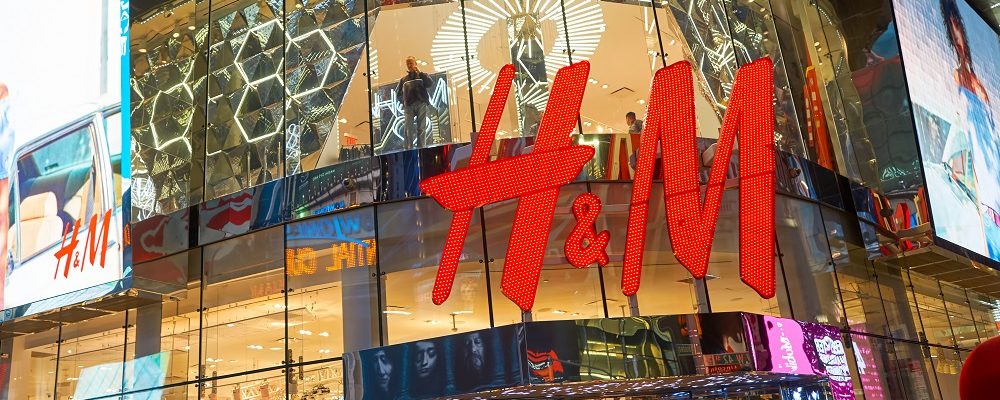Fashion brand H&M has switched to an ‘open innovation’ model, in which it is allowing smaller, rival firms to use its supply chain.
According to a 4 March story at the Financial Times, the deal with brands that join the model will cover every phase of the procurement process, including product development, sourcing, production and logistics.
H&M has called the initiative Treadler, and appointed executive Gustaf Asp as its leader. He told the FT: “We are not concerned or afraid of opening up the supply chain. Individual brands can only make it so far. To take it further in the industry we need to open it up to collaboration.”
H&M’s new chief executive Helena Helmersson, who previously served as the firm’s head of sustainability – a role she held for a decade – stressed that the purpose of the new model is motivated by concerns wider than retail-sector sales rankings. “It’s no secret that we are part of an industry that’s been commercially successful but not sustainable enough,” she said. “To future proof our industry, we have focused on transforming and improving our supply chain. We’ve realised that the output of our efforts can be valuable for others too.”
In a Forbes column last month, Kris Fitzgerald – vice president and CTO of US business software firm NTT Data Services – explained: “Open innovation takes the traditional R&D business model and turns it on its head. Far from the secret underground labs where some product developers plot world domination, many of today’s most progressive companies are doing the opposite – throwing the doors open, asking for outside ideas and sharing any rewards that materialise.”
For example, he wrote, “my company holds an annual Open Innovation Contest, where we ask up-and-coming businesses to propose technological solutions to a number of real-world business challenges that exist in our target verticals. As the host, the contest helps us identify some fantastic innovations that can complement our own solutions and benefit our clients. The contest winners get access to our established client base and an accelerated revenue stream. In short, everybody wins.”
Companies who adopt this model, he noted, “should focus less on the individual return of each concept and instead emphasise the overall ROI created by the open innovation approach as a whole.”
Does this signpost a future shape of leadership built around stakeholders co-owning and curating their industries, rather than battling it out for commercial supremacy?
The Institute of Leadership & Management’s head of research, policy and standards Kate Cooper says: “With this move, H&M has provided an amazing insight into the complexity and interconnectedness of supply chains, highlighting the need for stakeholders to work collaboratively to deal with some of the 21st Century’s biggest problems. Issues such as climate change transcend organisational and continental boundaries. So working together like this is the only way that the business community is going to be able to solve large-scale problems with global reach. Indeed, this story demonstrates why we at the Institute regard collaboration as such a vital dimension of leadership.”
She notes: “There will always be space in markets for niche providers. And there will always be great innovations, ideas and general enthusiasm emerging from the startups arena. H&M are recognising this and having the confidence to see that it poses no threat to their business. The firm’s open innovation initiative is encouraging a form of collaboration that doesn’t undermine competition, but instead harnesses its best energies.”
Cooper adds: “As an industry characterised by procedures and practices that are being increasingly challenged, the fashion industry has to show that it’s responding to some of the concerns that critics have voiced about the impacts of, for example, fast fashion. In that respect, open innovation makes commercial sense, it makes environmental sense – and ultimately, it’s going to help economies. Anything that supports small businesses and enables them to get better, faster, is to be welcomed.”
For further insights on the themes raised in this blog, check out the Institute’s research report Building Collaborative Capacity
Image of H&M storefront in Times Square, New York, courtesy of Sorbis, via Shutterstock

